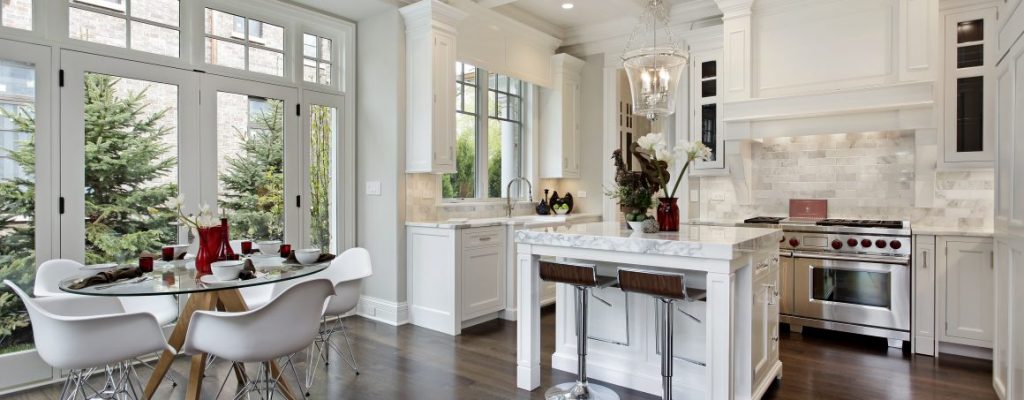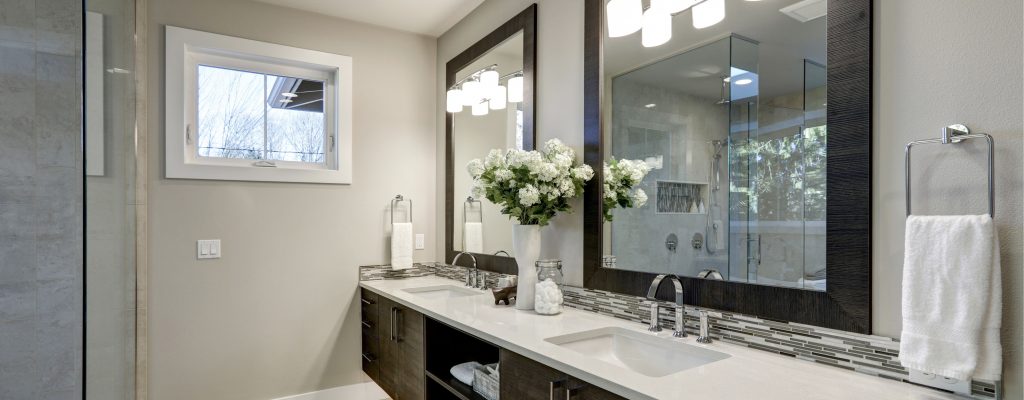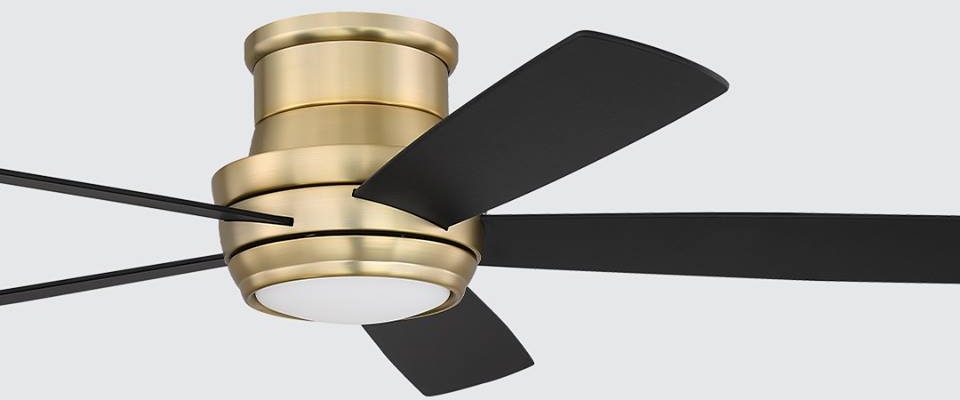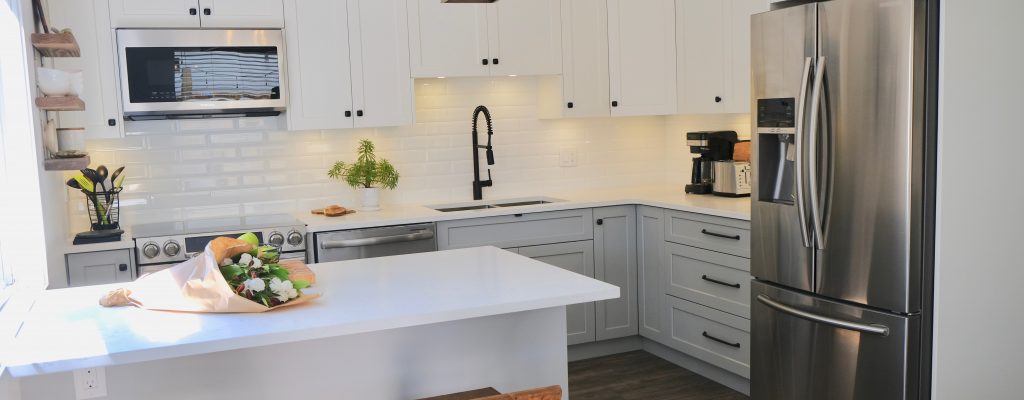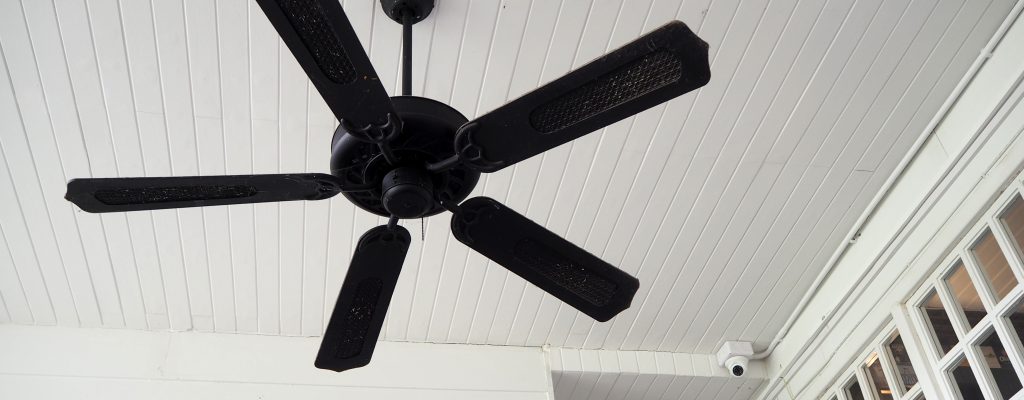Imagine getting in bed and then realizing you forgot to turn off the light, but rather than getting up, you use a simple voice command, and all the lights go off. Or imagine you just finished watching a movie and the whole room is dark, but instead of hunting in the dark to find a light switch (and running your knee into your coffee table), you grab your phone and instantly turn on all your lights at the touch of a button. If that sounds like science fiction, the future has arrived, and it’s high time you invest in smart lighting. However, if you’re new to smart home tech, you might not know where to start. You might assume that starts with a smart light bulb, but there are other ways to add smarts to your lighting. So let’s break down some of the basic smart lighting options and help you step into home automation.
Installing Smart Lights In Your Home
Smart Bulbs
Many light bulb manufacturers have developed smart light bulbs. This is often one of the first product people add to make their home “smart”. If you haven’t heard, a smart bulb is an internet-connected LED light bulb that allows lighting to be customized, scheduled and controlled remotely, usually through a smart phone app.
Smart light bulbs are a great option to achieve automated, remote controlled lighting. The biggest advantage for going this route is that light bulbs are super easy to install and most bulbs are compatible with your current light fixtures, and your preferred digital butler (such as Alexa or Google Assistant). With automatic compatibility, you’ll are able to control light bulbs by voice command and a smartphone app.
When trying to choose what smart bulbs to get, you need to know what your home’s lighting needs are. For example, if your home doesn’t get a lot of direct sunlight, you will want to make sure your bubbles have a whiter color temperature so that they really brighten up your otherwise dim room. If you’re looking to save money on your utility bill (who isn’t?) then you want to be sure you get smart LED bulbs. Using highly efficient LED bulbs capable of yielding up to 20,000 hours of use while saving you money each month on your power bill.

Installing Smart Light Bulbs
Smart light bulbs are super easy and screw right into the existing light sockets you currently have in your home. Once in place you connect light bulbs with an internet connection hub that then allows you to control the light bulbs through a smartphone or other device connected to your router. Once you have them you can then enjoy greater control over the lighting effects in your home and establish automated lighting schedules around your lifestyle.
Smart Light Switches
Another option for smart lighting is smart light switches.Smart switches are a great way to make your lighting smart without the hassle of replacing every light bulb in your home. Smart switches are a great option that lets you control your lighting like before, but with some added benefits. With a smart switch, you can manage dimming and use a pop-out remote that will give you easy manual control of your lighting. The great thing about smart light switches is that they will be able to work with your current light bulbs and they make an entire fixture smart, with your current bulbs.

Installing Smart Light Switches
Installing smart switches can be a little more challenging then light bulbs, but once installed they are not tough to use. If you don’t mind calling in an electrician and you want a fully integrated method of controlling the lighting throughout your home, it’s worth going all-in with smart switches. Light switches are a great option when you can’t find the right-sized light bulbs. Light switches can also be a great option when you have lots of light bulbs that would need to be replaced because it can save you lots of money. As said by The Inventory, “ a single smart switch is more expensive than a single smart bulb, but the bulbs can add up very quickly if you have a lot of fixtures in each room.”
Smart Lights with Our Products
No matter which way you choose to approach smart home lighting, you won’t miss wandering around your home to turn off all the lights before bedtime, or stumbling through the hall to find the light switch for a midnight snack.
If interested in getting smart lighting in your home, check out our website to find the perfect lighting. Our experts have lighting systems that measurably improve wellness and safety in your home. In addition to being the leading healthy lighting provider, we also have the best price, selection, and value for lighting as well. They have options for smart lights bulb and smart light switches. If you have further questions about smart lighting, come visit our store. We are happy to answer all your automotive lighting questions. Hope to see you soon!
